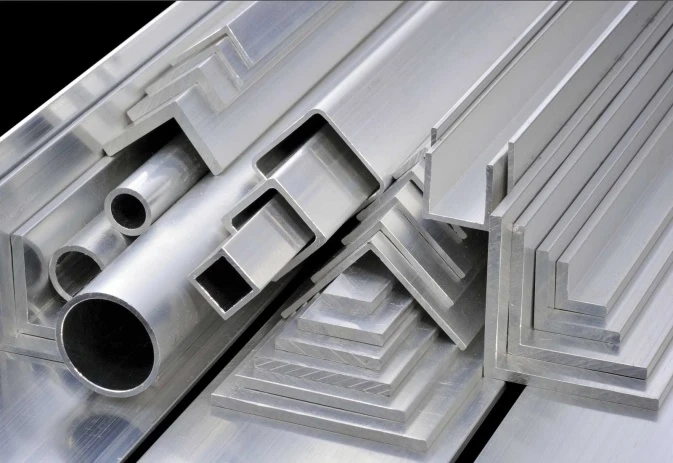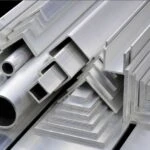Aluminum is the most abundant mineral in the earth\'s crust, although it does not typically appear in its pure form in nature. Aluminum is derived from bauxite, a mineral mined in several parts of the world, and it was not until 1888 that an economically feasible process was developed for the commercial production of aluminum.
Aluminum extrusion transforms aluminum alloy into an extraordinary variety of products for consumer and industrial markets. It has many uses in :
- Electronics, automotive
- Mass transit
- Bridge decking
- Telecommunications
- Solar/renewable energy industries
- Transportation industry
Making the most of aluminum’s excellent malleability, the extrusion process creates shapes by heating billets of aluminum alloy to soften them and then forcing them with a hydraulic press or ram under high pressure through special steel dies. What results are pieces of aluminum that maintain the specific shape of the die.
There are numerous benefits ofaluminium extrusions that we will be discussing further in this blog.
- Lightweight but not flimsy
These extrusions are lighter than steel, iron, brass or copper but are not fragile and thus serve numerous purposes aptly. They are tailor-made as they can be used without much labor and hassles.
This makes them easier to handle, less expensive to ship, and an attractive material for use in applications where weight reduction is a priority such as transportation and other applications involving moving parts.
Moreover, aluminum extrusions can be made as strong as needed for most applications and, due to the nature of the extrusion process, the strength can be concentrated where it is really needed by including varying wall thicknesses and internal reinforcement in the profile design.
- Premium level strength to weight ratio
These extrusions\' unique combination of high strength and low weight makes them ideal for applications like aerospace, truck trailer and bridges where load carrying is a key performance.
This ratio makes it the foremost choice over iron, steel, brass and copper. This is one of the prominent reasons behind the astronomical surge in their demand and popularity.
- Bestow promising durability
These extrusions pass the test of durability and longevity with flying colors owing to its resilient and corrosion resistant quality. Aluminum combines strength with flexibility, and can flex under loads or spring back from the shock of impact, leading to the use of extruded components in automotive crash management systems.
Moreover, they do not rust, and the aluminum surface is protected by its own naturally occurring oxide file, a protection that can be enhanced by anodizing or other finishing processes.
- Excellent electrical and thermal Conductors
Aluminum is twice as conductive as copper, making extrusion a cost-effective alternative for electrical connectors and bus bar distribution components.
As these extrusions are non-sparking, they are well suited for applications involving explosive materials or taking place in highly flammable environments.
Moreover, based on weight and overall cost, aluminum conducts heat and cold better than other common metals, making extrusion ideal for applications requiring heat exchangers or heat dissipation.
Summary
Effective design of aluminum extrusions can greatly simplify subsequent fabrication and assembly, and there are a wide variety of fabrication processes that are routinely employed in the production of extrusion-based components and assemblies.
0




